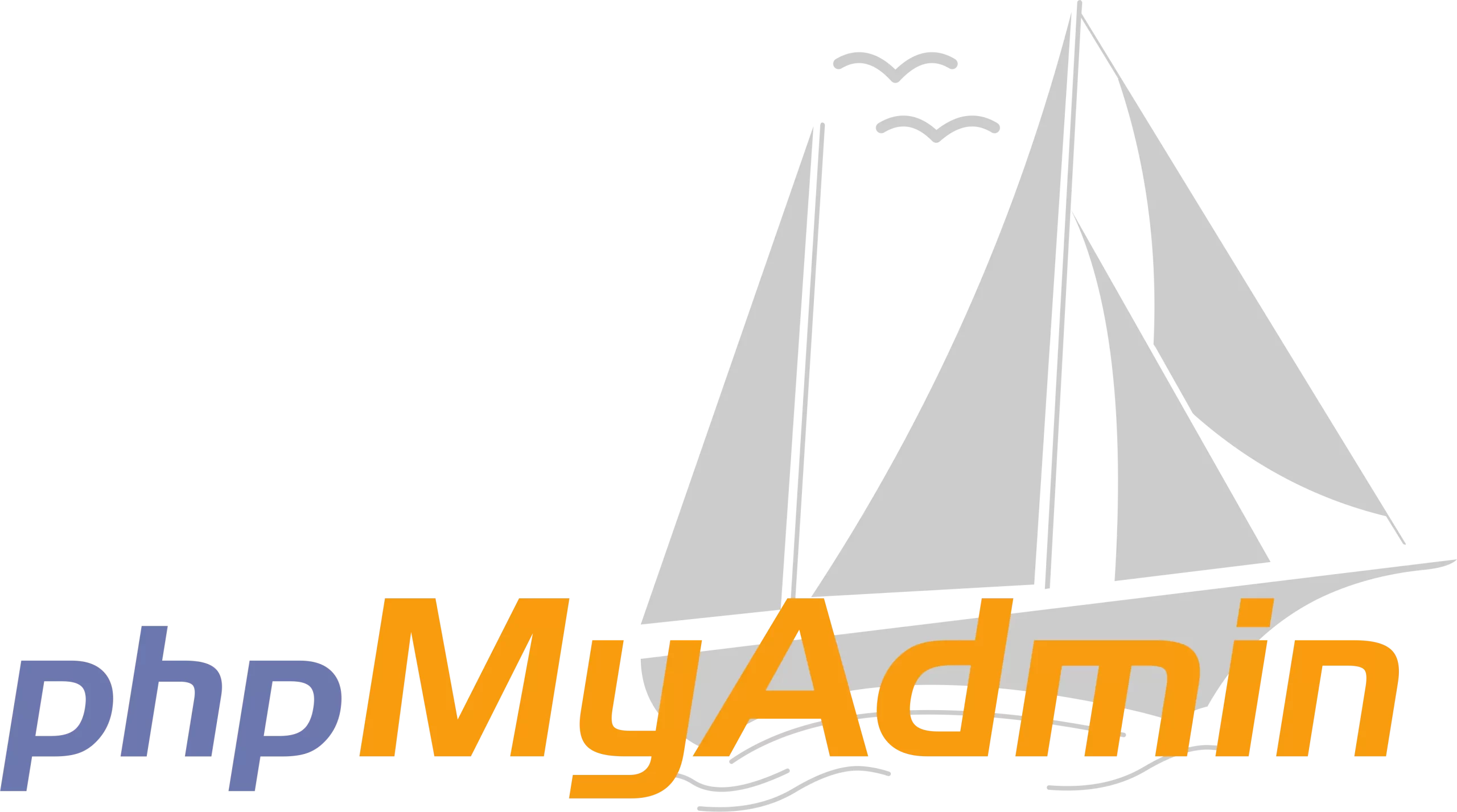phpMyAdmin is a web-based application written in PHP, designed to manage MySQL databases through a graphical interface. It serves as a convenient tool for users who may not be familiar with the command-line interface of MySQL or prefer a more visual way of interacting with their databases. Essentially, phpMyAdmin provides a user-friendly interface for tasks such as database creation, deletion, modification, and data manipulation.
Table of Contents
phpMyAdmin History and Evolution
phpMyAdmin was initially created by Tobias Ratschiller in 1998 as a side project. Over time, it gained popularity due to its simplicity and effectiveness, especially among web developers and system administrators. It has since evolved through numerous versions, incorporating new features, improving security, and enhancing usability.
Features of phpMyAdmin

phpMyAdmin offers a wide range of features to facilitate the management of MySQL databases:
- Database Management: Users can create, modify, and delete databases, as well as manage database users and permissions.
- Table Operations: phpMyAdmin allows users to create, alter, and drop database tables. Users can also execute SQL queries directly within the interface.
- Data Manipulation: Users can insert, update, and delete data records within tables. This feature is particularly useful for managing content in web applications and online services.
- Import and Export: phpMyAdmin supports importing and exporting data in various formats, including SQL, CSV, and XML. This functionality is crucial for transferring data between different database systems or for creating backups.
- SQL Query Execution: Users can execute SQL queries directly within phpMyAdmin, making it a versatile tool for database management and development.
- Server Status Monitoring: provides information about the MySQL server, including status variables, processes, and server settings.
- User Interface Customization: Users can customize the appearance and layout of to suit their preferences, such as changing themes or configuring keyboard shortcuts.
- Multi-language Support: available in multiple languages, making it accessible to users from diverse linguistic backgrounds.
Benefits of phpMyAdmin
- Accessibility: web-based, users can access it from any device with a web browser and an internet connection. This accessibility makes it convenient for managing databases remotely.
- User-Friendly Interface: The graphical interface of simplifies database management tasks, making them more accessible to users who may not be familiar with SQL commands.
- Open Source: is an open-source project, meaning it is free to use and can be modified or extended according to user requirements.
- Community Support: Being a popular tool among developers and system administrators, benefits from a large and active community. Users can find documentation, tutorials, and forums to seek help and share knowledge.
- Compatibility: is compatible with various web servers and operating systems, including Linux, Windows, and macOS. It also supports different versions of MySQL, ensuring compatibility with a wide range of setups.
- Security: incorporates security features such as authentication, authorization, and encryption to protect databases from unauthorized access and data breaches.
Use Cases
phpMyAdmin is widely used in various scenarios, including:
- Web Development: Developers use to create and manage databases for web applications, content management systems (CMS), and e-commerce platforms.
- System Administration: System administrators rely on for managing databases on web servers, including tasks such as database backups, restores, and performance tuning.
- Database Education: serves as a valuable tool for teaching and learning database concepts in educational settings, such as universities and online courses.
- Data Analysis: Analysts and researchers use to manipulate and query data for generating reports, visualizations, and insights.
Conclusion
It is a powerful and versatile tool for managing MySQL databases, offering a user-friendly interface, extensive features, and broad compatibility. Whether you are a web developer, system administrator, educator, or data analyst, provides the tools you need to efficiently manage and manipulate databases. Its open-source nature and active community support ensure its continued relevance and evolution in the ever-changing landscape of web development and database management.



